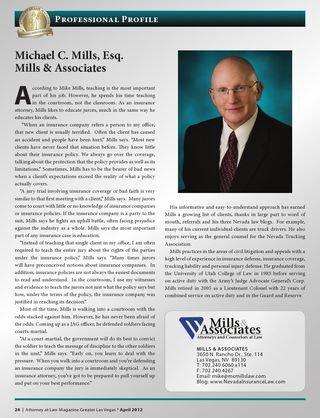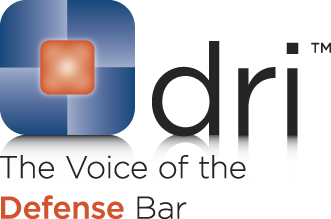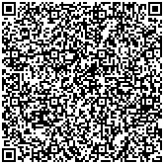Deborah Fackett’s mother died from injuries she received in a car crash. Deborah was not involved in the crash. She suffered no physical trauma. Deborah’s car was in no way involved in the accident. Nevertheless, as her mother’s legal heir, Deborah qualified to pursue a claim against the tortfeasor under Nevada’s Wrongful Death Statute (N.R.S. 41.085). For a brief overview of Wrongful Death in Nevada see HERE.
Deborah filed a claim with the tortfeasor’s carrier and it paid its policy limit to Deborah. Even though neither she nor her car had been involved in the fatal accident, Deborah then turned to her own underinsured motorist policy. She argued that a UIM payment was due her from her own UIM policy because she was not fully compensated for her mother’s death by the underlying carrier’s liability payment.
She brought suit against Allstate. On cross motions for summary judgment, the trial court found that Deborah’s policy provided coverage. Allstate appealed. The Nevada Supreme Court issued its opinion found at Allstate v. Fackett, 125 Nev. Adv. Op. 14, 206 P.3d 572 (2009). This opinion’s coverage issues turned on the question of whether the Allstate policy was ambiguous and whether it violated Nevada’s UIM statute, N.R.S. 687B.145(2).
Deborah was an insured on the Allstate policy and was legally entitled to recover because she was an “heir” of the decedent. However, to qualify for UIM benefits Deborah had to establish that her damages arose because of bodily injury sustained by an insured person. No doubt that Deborah’s mother suffered “bodily injury”. However, the $64 question was whether Deborah’s mother was “an insured person”. The Nevada Supreme Court found the policy’s definition of “insured person” sufficiently clear to be enforceable.
The Court next considered whether the UIM provision violated the public policy or statutory scheme found in N.R.S. 687B.145(2). Deborah argued that the statute required the insurance company to provide coverage even if the insured was not the one who suffered the “bodily injury”. The Nevada Supreme Court disagreed. Pointing to a trend of decisions in 16 states with statutory UIM language similar to Nevada’s, the Court said:
The purpose of the UM statutory scheme is to mitigate losses sustained by no-fault insureds who sustain injuries in a collision with an underinsured or uninsured driver through first-party benefits. State Farm Mut. Auto. Ins. Co. v. Fitts, 120 Nev. 707, 709, 99 P.3d 1160, 1161 (2004); Siggelkow v. Phoenix Ins. Co., 109 Nev. 42, 44, 846 P.2d 303, 304 (1993). Our previous interpretations of the UM scheme presuppose that the insured was involved in a car accident and suffered damages in the accident.
In summary, the Supreme Court held that the plain language of N.R.S. 687B.145(2) applied to insureds who suffer bodily injury as a result of an auto accident, and not insureds who are beneficiaries by virtue of a legal claim involving bodily injuries suffered by noninsured third party.
As an interesting side note, the court carved out of its decision the question of whether Deborah would have been eligible to recover if she had alleged a cause of action for Negligent or Intentional Infliction of Emotional Distress. The court said that decision on that issue will have to come another day.
In conclusion, the Court found that Allstate’s UIM provision limiting coverage to an “insured” who suffered “bodily injury” was enforceable.
 Follow
Follow Email
Email


